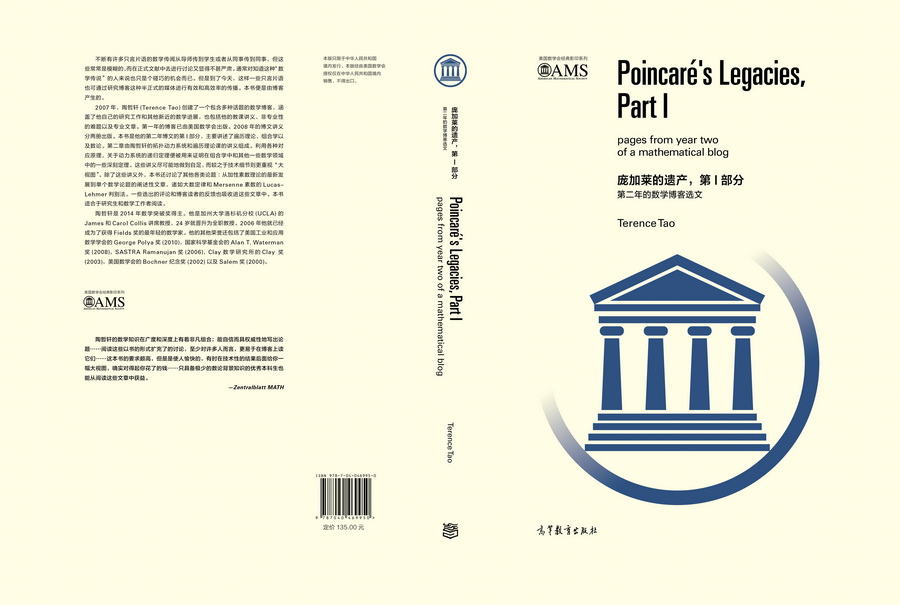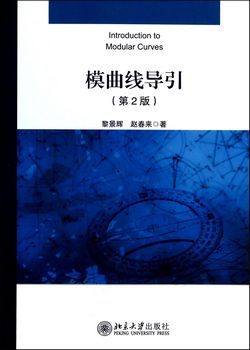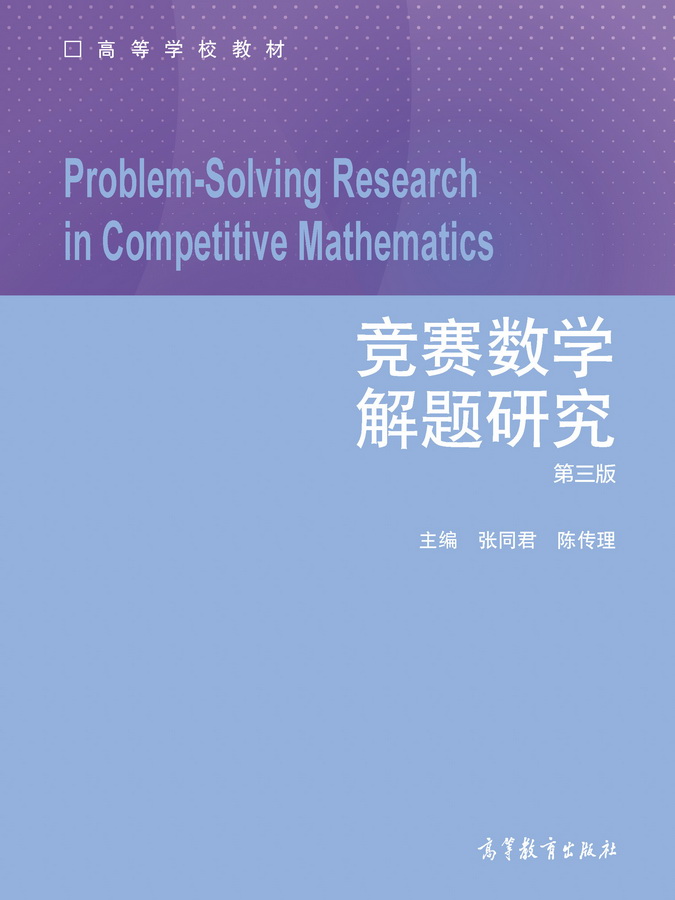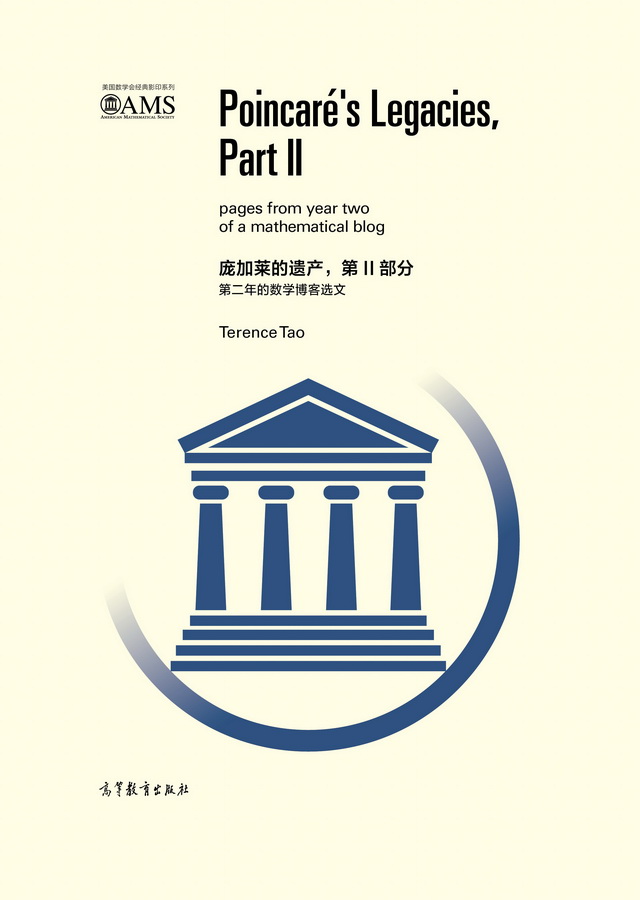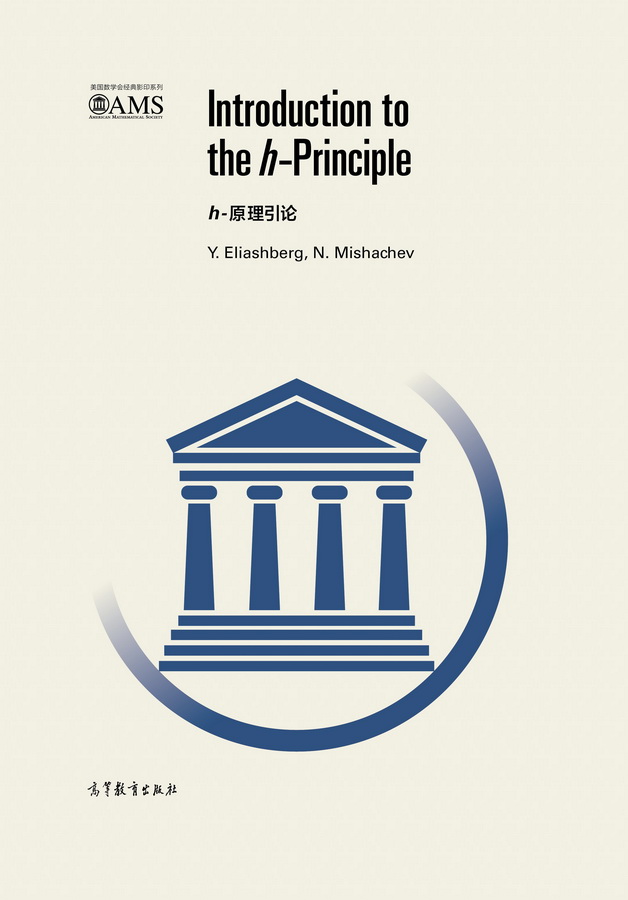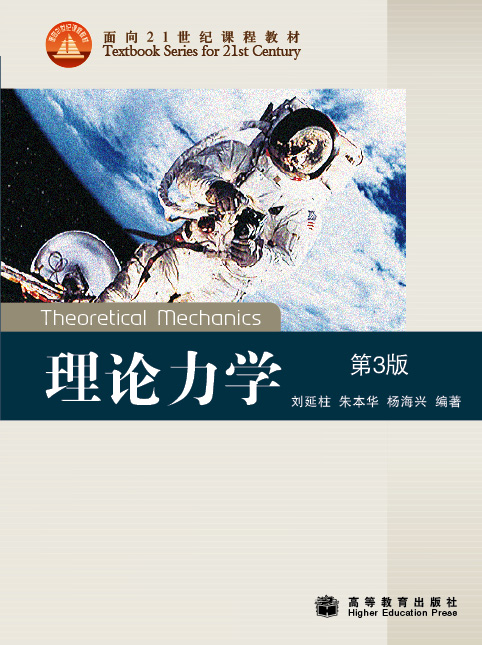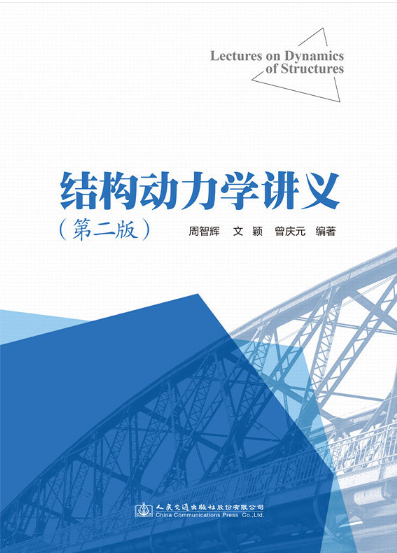庞加莱的遗产 第I部分:第二年的数学博客选文(影印版)
定价:¥135.00
作者: Terence Tao
出版时间:2017-04
出版社:高等教育出版社
- 高等教育出版社
- 9787040469950
- 1版
- 92831
- 48266155-0
- 精装
- 16开
- 2017-04
- 490
- 293
- 理学
- 数学类
- O1-53
- 数学类
- 研究生及以上
作者简介
内容简介
2007 年,陶哲轩(Terence Tao)创建了一个包含多种话题的数学博客,涵盖了他自己的研究工作和其他新近的数学进展,也包括他的教课讲义、非专业性的难题以及专业文章。第一年的博客已由美国数学会出版。 2008 年的博文讲义分两册出版。此书是他的第二年博文的第I 部分,主要讲述了遍历理论、组合学以及数论。第二章由陶哲轩的拓扑动力系统和遍历理论课的讲义组成。利用各种对应原理,关于动力系统的递归定理便被用来证明在组合学中和其他一些数学领域中的一些深刻定理。这些讲义尽可能地做到自足,而较之于技术细节则更重视“大视图”。除了这些讲义外,本书还讨论了其他各类论题:从加性素数理论的最新发展到单个数学论题的阐述性文章,诸如大数定律和Mersenne素数的Lucas–Lehmer 判别法。 一些选出的评论和博客读者的反馈也吸收进这些文章中。此书适合于研究生和数学工作者阅读。
目录
Preface
A remark on notation
Acknowledgments
Chapter 1. Expository Articles
§1.1. The blue-eyed islanders puzzle
§1.2. Kleiner's proof of Gromov's theorem
§1.3. The van der Corput lemma, and equidistribution on nilmanifolds
§1.4. The strong law oflarge numbers
§1.5. Tate's proof of the functional equation
§1.6. The divisor bound
§1.7. The Lucas-Lehmer test for Mersenne primes
§1.8. Finite subsets of groups with no finite models
§1.9. Small samples, and the margin of error
§1.10. Non-measurable sets via non-standard analysis
§1.11. A counterexample to a strong polynomial Freiman-Ruzsa conjecture
§1.12. Some notes on "non-classical" polynomials in finite characteristic
§1.13. Cohomology for dynamical systems
Chapter 2. Ergodic Theory
§2.1. Overview
§2.2. Three categories of dynamical systems
§2.3. Minimal dynamical systems, recurrence, and the Stone-Cechcompactification
§2.4. Multiple recurrence
§2.5. Other topological recurrence results
§2.6. Isometric systems and isometric extensions
§2.7. Structural theory of topological dynamical systems
§2.8. The mean ergodic theorem
§2.9. Ergodicity
§2.10. The Furstenberg correspondence principle
§2.11. Compact systems
§2.12. Weakly mixing systems
§2.13. Compact extensions
§2.14. Weakly mixing extensions
§2.15. The Furstenberg-Zimmer structure theorem and the Furstenberg recurrence theorem
§2.16. A Ratner-type theorem for nilmanifolds
§2.17. A Ratner-type theorem for S/2(R) orbits
Chapter 3. Lectures in Additive Prime Number Theory
§3.1. Structure and randomness in the prime numbers
§3.2. Linear equations in primes
§3.3. Small gaps between primes
§3.4. Sieving for almost primes and expanders
Bibliography
Index
A remark on notation
Acknowledgments
Chapter 1. Expository Articles
§1.1. The blue-eyed islanders puzzle
§1.2. Kleiner's proof of Gromov's theorem
§1.3. The van der Corput lemma, and equidistribution on nilmanifolds
§1.4. The strong law oflarge numbers
§1.5. Tate's proof of the functional equation
§1.6. The divisor bound
§1.7. The Lucas-Lehmer test for Mersenne primes
§1.8. Finite subsets of groups with no finite models
§1.9. Small samples, and the margin of error
§1.10. Non-measurable sets via non-standard analysis
§1.11. A counterexample to a strong polynomial Freiman-Ruzsa conjecture
§1.12. Some notes on "non-classical" polynomials in finite characteristic
§1.13. Cohomology for dynamical systems
Chapter 2. Ergodic Theory
§2.1. Overview
§2.2. Three categories of dynamical systems
§2.3. Minimal dynamical systems, recurrence, and the Stone-Cechcompactification
§2.4. Multiple recurrence
§2.5. Other topological recurrence results
§2.6. Isometric systems and isometric extensions
§2.7. Structural theory of topological dynamical systems
§2.8. The mean ergodic theorem
§2.9. Ergodicity
§2.10. The Furstenberg correspondence principle
§2.11. Compact systems
§2.12. Weakly mixing systems
§2.13. Compact extensions
§2.14. Weakly mixing extensions
§2.15. The Furstenberg-Zimmer structure theorem and the Furstenberg recurrence theorem
§2.16. A Ratner-type theorem for nilmanifolds
§2.17. A Ratner-type theorem for S/2(R) orbits
Chapter 3. Lectures in Additive Prime Number Theory
§3.1. Structure and randomness in the prime numbers
§3.2. Linear equations in primes
§3.3. Small gaps between primes
§3.4. Sieving for almost primes and expanders
Bibliography
Index


